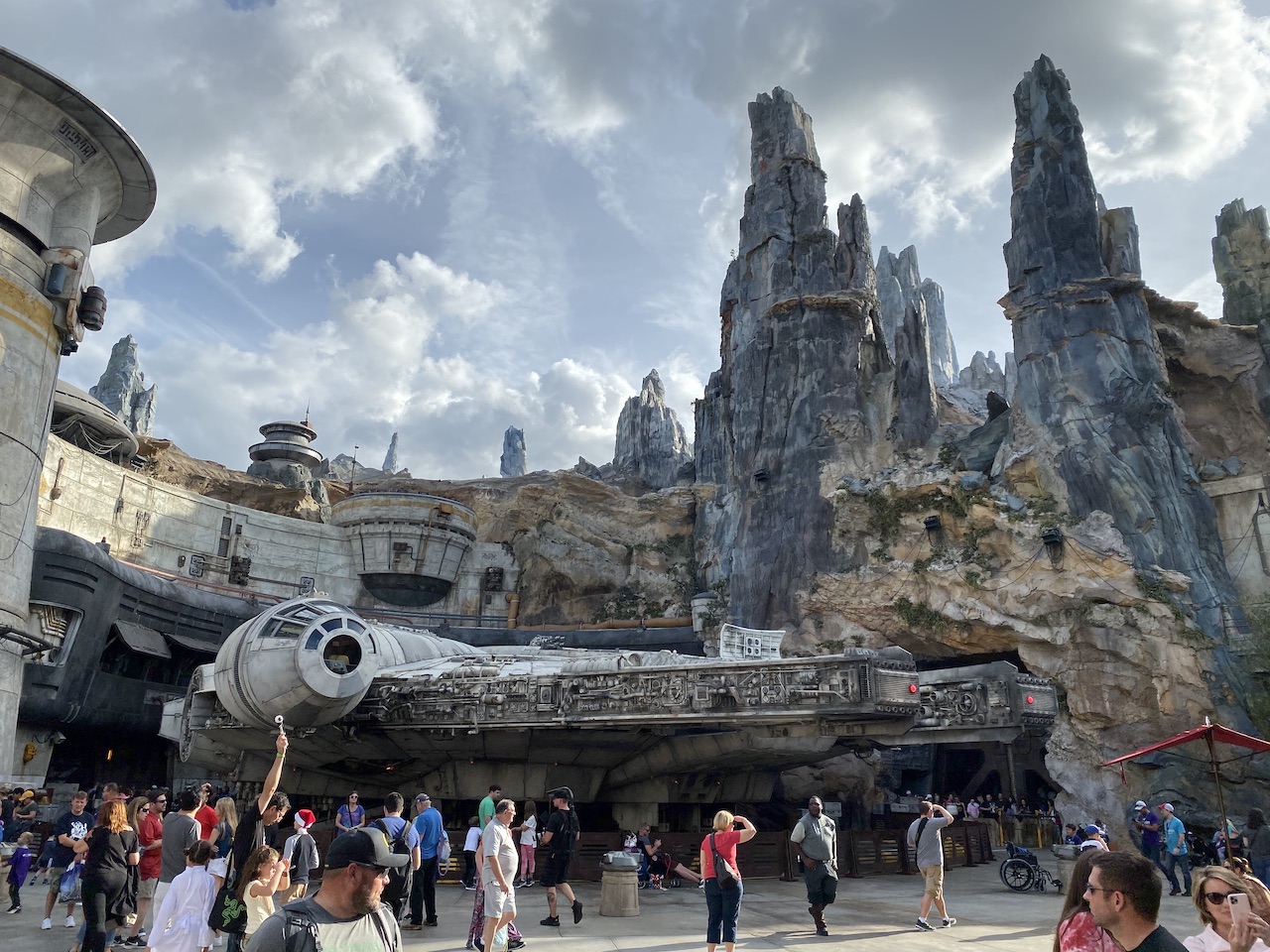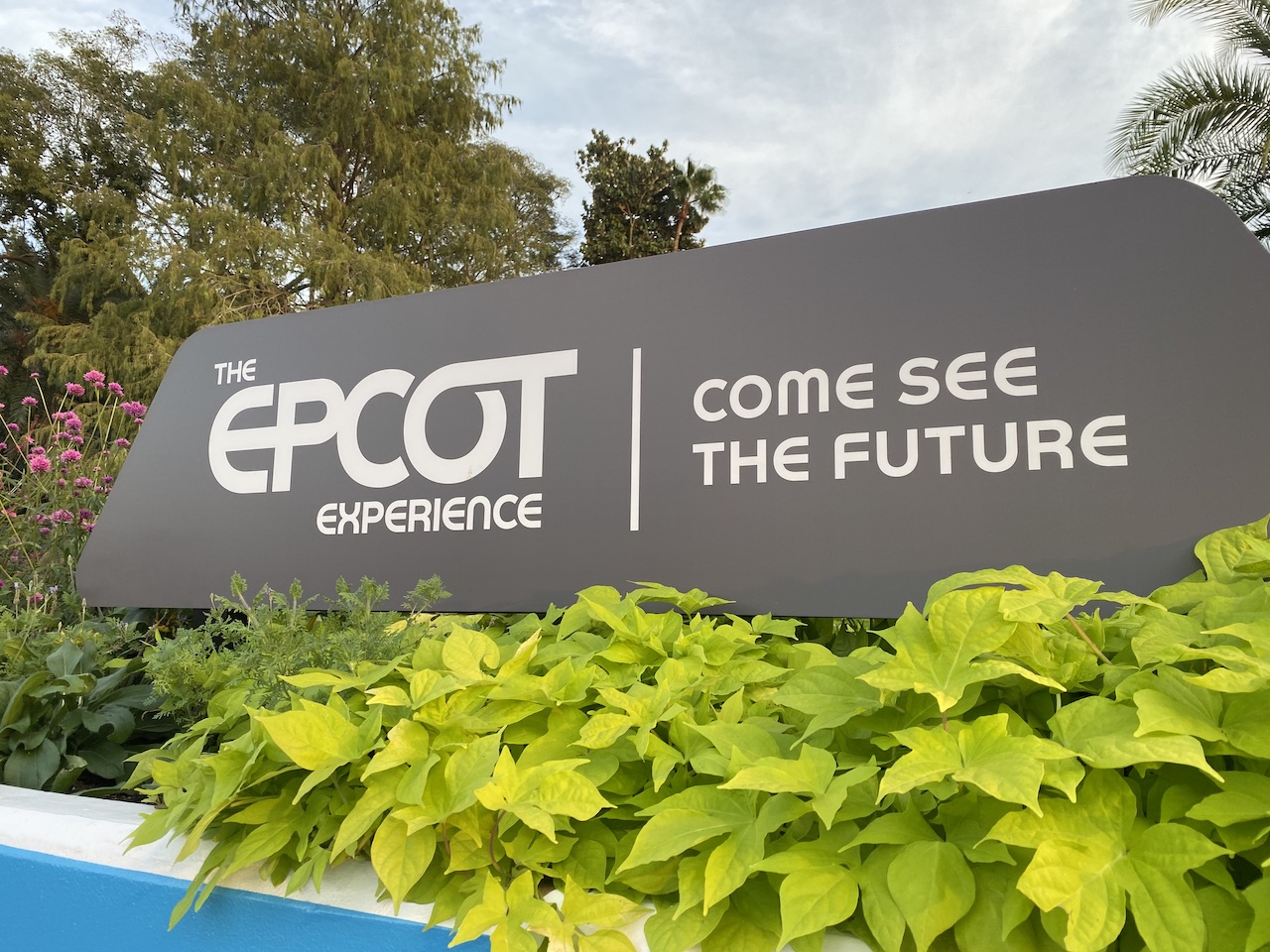As a new Disney Annual Passholder, I am amazed by how much goes into the parks and how many people visit. I looked into the business and was surprised that they don’t make more money.
If you are considering booking travel or signing up for a new credit card please click here. Both support LiveAndLetsFly.com.
If you haven’t followed us on Facebook or Instagram, add us today.
Disney Parks
Disney Parks encompasses properties in California, Florida, Shanghai, Tokyo, Hong Kong and Paris. It also includes all of their associated resorts, restaurants, golf courses, transportation and merchandise sold on-site. At the original site in Anaheim, California, that’s just three hotels and two parks while in Orlando, Florida there are four parks plus two water parks, and more than 30 Disney-owned properties. Hong Kong and Paris are smaller parks focused less on huge thrill rides while Shanghai Disney Resort is eleven times the size of the original Anaheim property.
For Disney financial reporting purposes their business is broken into the four components:
- Media Networks
- Parks, Experiences & Products
- Studio Entertainment
- Direct-to-consumer, International

Revenue, Profit, Margin
Revenue through the last reporting period compared to the previous year was higher at $26.335 bn with EBITDA of $6.655 bn a margin of 25%. However, this reflects growth in EBITDA of 8% YOY vs just a 6% growth in revenue.
Some of this is down to heavy investments made in the parks that are just starting to pay off. Star Wars Galaxy’s Edge lands opened in 2019 in both Anaheim and Orlando extensions to existing properties which accumulated costs of construction and R&D before returning a single penny to the business.

Shanghai appears to continue to perform well (excluding current closures due to Coronavirus) while Paris and Tokyo have lagged some. Hong Kong also experienced serious setbacks due to events in the area. A lack of development in the park in the face of a shiny new property outside Shanghai may detract from mainland visitors to Hong Kong for the property in the future.
Shanghai is targeted to achieve 18 million annual visitors yet EBITDA contribution would reach just $150 million or just $8.33/guest net EBITDA. The park charges less to visitors, just $56-75 USD/person, but even at those numbers, merchandise, resort stays, and restaurants – $8.33.visitor seems very, very low to me.
In terms of profitability, 25% is a healthy number for many businesses but there are a few reasons why this seems odd to me.
With Rates So High, How Is This Possible?
The group’s select-service properties are expensive and offer less than most hotel chain loyalists would expect. Their full service and premium properties are absurdly expensive for average rooms. They also receive licensing fees that cost the brand nothing and revenue from Disney-affiliated properties which add marginal cost in the form of additional staff to support their Extra Magic Hours, though the park would already be staffed for their own resorts extended opening period.

Park prices vary by the day but average around $120 per day for a single park ticket at the Florida properties and they welcomed more than 28 million guests in the year ending September 2019. Disney is the far and away leader in the theme park business with eight of the top ten most visited parks worldwide.
The hotel business should really bring things to the top. Sure, sometimes good deals can be had at select-service properties on Priceline in low season, but I also found $200/night for Disney’s Pop resorts which have more in common with a roadside Motel 6 than Hilton Bonnet Creek offering comparable rates.
For comparison, Hyatt tends to be on the premium side compared with rivals posted a 28% margin last year. Hilton posted a 25% margin in 2018. But those hotels don’t sell as much food especially at the extreme markup Disney Parks do. They also don’t sell plush stuffed animals two for $44 at a cost of less than $1 each nor a single churro (a small amount of fried dough and cinnamon/sugar) for $6.
The reality of the Disney Parks business is the tremendous investment in staff and little touches that add up. They pay their staff $15/hour base wage in addition to offering free college education for their US cast members. The parks require an absurd amount of employees, both seen and unseen from Cast Members to maintenance workers, marketers – the nightly fireworks display at Magic Kingdom is said to cost $50,000 alone.
Still, $6.655 bn seems like a lot but their profit is just $42.39 per visitor. When you consider ticket prices above $110 as a minimum, average food spending, merchandise and hotel revenue, it seems low.

Conclusion
I understand the tremendous investment that goes into Disney Parks and that 25% EBITDA is an enviable margin for many businesses. However, for a brand as well regarded and protected as Disney it seems low. Considering the very little competitive effort they put into their hotel segment, the high prices of food relative to their low cost and the merchandise sales associated therein, it seems like this number should be as high as double where they reported in 2019.
What do you think? Is Disney making enough from Parks? Do you think it should be more or less?




The mystery is why so many are determined to foolishy piss away money going to these parks?
Amen. The place is infected with rodents.
Parking alone at Disneyland is $65.00 per day now. That’s self parking. I’m not shedding any tears over how much profit they’re making.
Last week it was $25 for standard parking (free for Passholders) and $50 for premium. I don’t think they even offer a $65 option in the Florida parks, perhaps in California?
Yes. I’m talking about Disneyland. Season pass holder or not. You can but another pass that cuts the parking down to $40-ish. Year a bargain. That’s the rate. Valet parking is over $100.
That $65/day figure is simply not true. Parking for cars in the any of the theme park parking lots at Disneyland is $25/day. There’s an additional charge of $15 for “Preferred” parking, which puts you in a reserved area near the escalators, but even that’s still well under $65.
Parking for the hotels is $25/night or an additional $10/night for valet parking.
While I’m sure nobody’s thinking “Only $25? Such a deal!”, it’s a lot less than $65. and it’s not ridiculously out of line with what you’d pay for parking for any other event or venue in the LA area.
The short term parking for Downtown Disney visitors is $14/hour with a daily maximum of $56 … still not $65, but getting close.
Now, it is more expensive to park an oversize vehicle (like an RV or bus) or a vehicle with a trailer, but even those aren’t $65/day. So where did that $65 figure come from?
Hey Donald… you may want to do some simple research before you post, standard parking at DisneyLAND in California is $25.00 per day. Direct from the Disneyland website
https://disneyland.disney.go.com/tickets/parking/
Parking at Disneyland is only $25 per day. The day rate for hotel parking is based on how long you are visiting and can be up to $65 per day.
Not sure where you got your information, but that’s simply not true. I was at Disneyland in Anaheim last Saturday. Standard parking in the Disney characters garage, without a season pass, was $25. “Priority” parking was $40. There were no options for $65, let alone $100. If you paid that much, you either parked in a premium lot without realizing it, or were cheated.
Amazing place for families. Happiest place on earth. Memories to last a lifetime.
1.187 Billion isn’t a bad profit for one park alone.
How did you find single park profit numbers? I assume this is WDW Magic Kingdom.
As a Disney employee this article is not correct. Disney profitability and margin is huge. Food and beverage are the largest margins. Merchandise is second, when new Star wars opened we cleared 600k in merch sales the first day. This is how executives make large salaries, A typical director here clears 500k a year with bonuses. Thank you tourism!
Unless Disney misfiled their 10-K for the SEC, it is in fact accurate. But to my point, despite large revenue (like the merchandise sales you mentioned), they have other costs that are higher than you’d think that offset those large sales and margins (like your example of executive pay.)
“A typical director here clears 500k a year with bonuses. Thank you tourism!”
Exactly.
Along with executive bonuses (which have skyrocketed over the past few decades in many American companies), outsourcing is also rampant:
https://cis.org/Miano/Former-Disney-Workers-Abandon-Legal-Fight-H1Bs
So when you read about a (mere) 25 percent profit, I’m reminded of this scene:
https://youtu.be/ZN6mp2NjMhs?t=80
Sadly, this is rampant in corporate culture in the USA today. Do you want to fly on the (other) Boeing? 🙂 Or use a different “Windows” OS? If you’re a shareholder, you just accept that getting decent profits is fantastic and look the other way at the executives lining their pockets.
My experience is limited to one, week long stay at one of the “luxury” resorts at Disneyworld. It is nothing short of amazing how well Disney has trained it’s customers.
The pricing at the on-site hotels is crazy expensive for what little is offered. We stayed at the Poly and the building (club level) was in need of serious maintenance. Housekeeper was awful, a dirty diaper lay in the hallway for two days and the carpet was never vacuumed during our entire stay.
The ADR system is annoying. Often the restaurants were half empty yet the host will turn away customers.
Is 25% margin not a lot these days? I am in the wrong industry.
Is it possible the Disney Parks PNLs show lower EBITDA because they’re charged licensing fees by other divisions in The Disney Company? Those licensing fees would then wind up boosting the PNLs (and EBITDA) of the Licensing divisions – which would otherwise have much lower budgets.